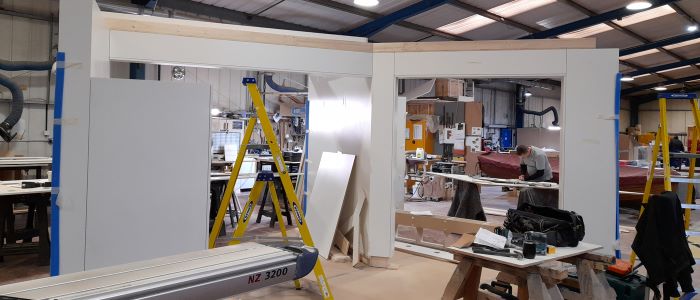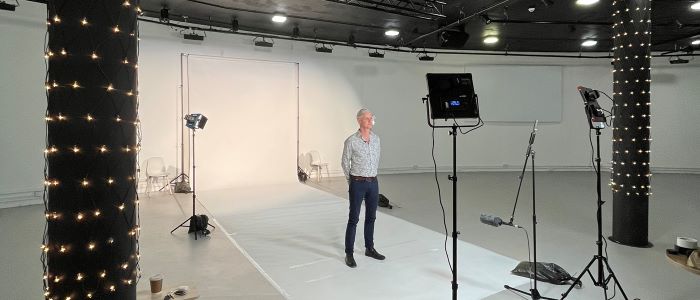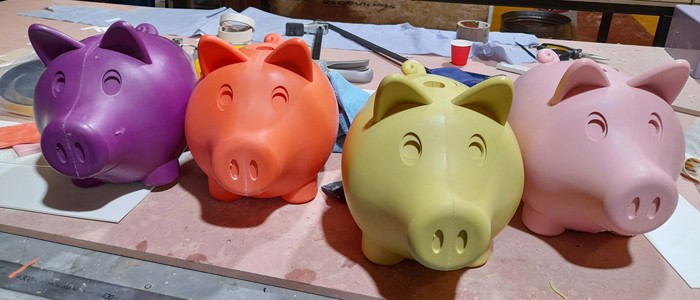"Anticipation is building for our ground floor space and the potential it offers for knowledge exchange and networking..." Community engagement in Clarice Pears
Published: 16 February 2023
The latest SHW community engagement update by Susan Grant focuses on the development of our Clarice Pear building’s public engagement space and planning for effective engagement
The latest SHW community engagement update by Susan Grant focuses on the development of our Clarice Pear building’s public engagement space and planning for effective engagement.
Clarice Pears Level 1
As we near our move in date, anticipation is building for our level 1 (ground floor) space and the potential it offers for knowledge exchange and networking in Byres Community Hub (meeting and event room, temporary exhibition space and an exhibition display tower) and Glasgow’s Health Exhibition. We went into detail on the development of Byres Community Hub in the last edition of Hawkeye so I thought it would be useful this time to give an overview of the exhibition.
Our school’s public engagement and knowledge exchange working group have been planning this exhibition with Glasgow Science Centre and their hardware and software developer partners for years and it has been exciting for the group to see the set design in fabrication stage ahead of installation throughout February 2023.

Glasgow’s Health Exhibition
This exhibition will raise awareness of the research occurring across our School and be the backdrop to public engagement events and community conversations in this space. Each of the exhibits and supporting wall graphics reflect the key themes of:
- The social, environmental, and biological determinants of health and wellbeing
- Health inequalities
- Interventions to improve population health and wellbeing
- Data, determinants and solutions: the strategic research themes of the School
Exhibits within Glasgow’s Health are:
- People Make Glasgow Mosaic (an image of a Glasgow street made up of hundreds of individual images including members of staff, students, alumni and friends of the School);
- Pufferfish Global (interactive global health data explorer with stories from across the world on life expectancy, burden of disease and happiness);
- Data Detectives (interactive maps of different aspects of data in neighbourhoods in Glasgow that allow the user to investigate if there is correlation between two different maps of health and determinants of health);
- Myths and Misconceptions (touch screen with an interactive quiz about Glasgow’s Health);
- Health Minister (touchscreen and buttons in the shape of piggy banks which allow the user to be a policy maker for the day and make decisions about health intervention spending based on the data available);
- Talking Heads (three video screens to meet the people behind research through different perspectives on research which visitors can listen to using headphones);
- Grip Strength (highlights different indicators of health and allows users to have a go at measuring their grip strength and compare their dominant and non-dominant hand);
- Climate Change Clock (highlighting that the health of the planet is inextricably linked to health and wellbeing).

Planning effective public engagement
Many of the Glasgow’s Health exhibits have been inspired by existing public engagement activities within School of Health and Wellbeing. The Community Engagement with Research team within our School and Glasgow Science Festival team had a workshop recently to think through the development of further public engagement activities for an exciting new community engagement event in this space at Clarice Pears as part of this year’s Festival theme ‘Glasgow’s Looking Forward’. (Check out the GSF website from 3rd May for more information).
The stages that we went through in this session I have found useful in planning any public or community engagement activities with partners:
Susan Grant
SHW Community Engagement Officer
First published: 16 February 2023



